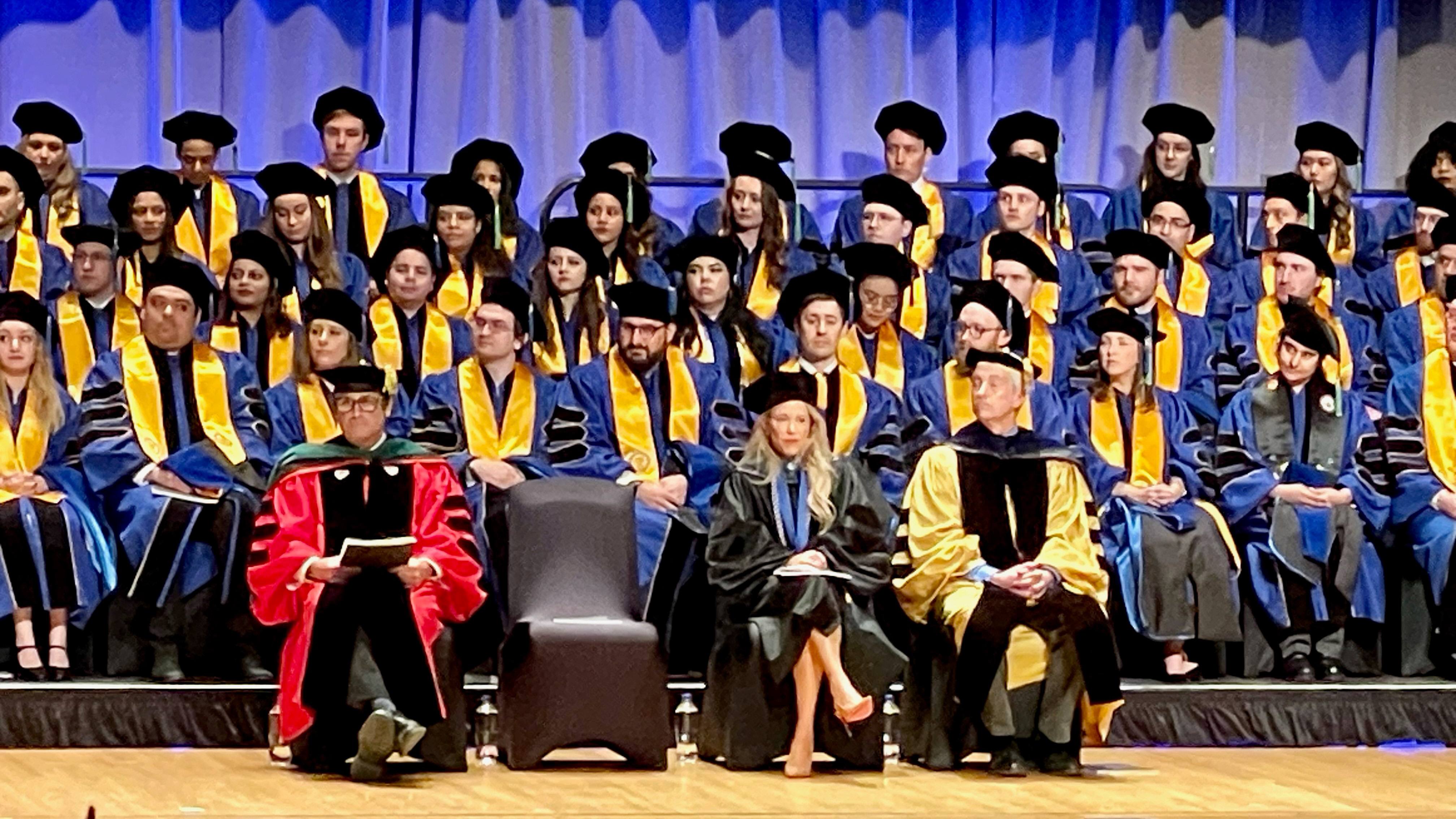Minnesota

May 19, 2023
Mayo Clinic celebrated the graduation of the next generation of physicians and scientists. In a combined ceremony in Rochester, Minnesota, on Friday, May 19, students[...]
July 19, 2012
July 19, 2012
July 12, 2012
July 12, 2012
Explore more topics
 Sign up
Sign up

Mayo Clinic Connect
An online patient support community
